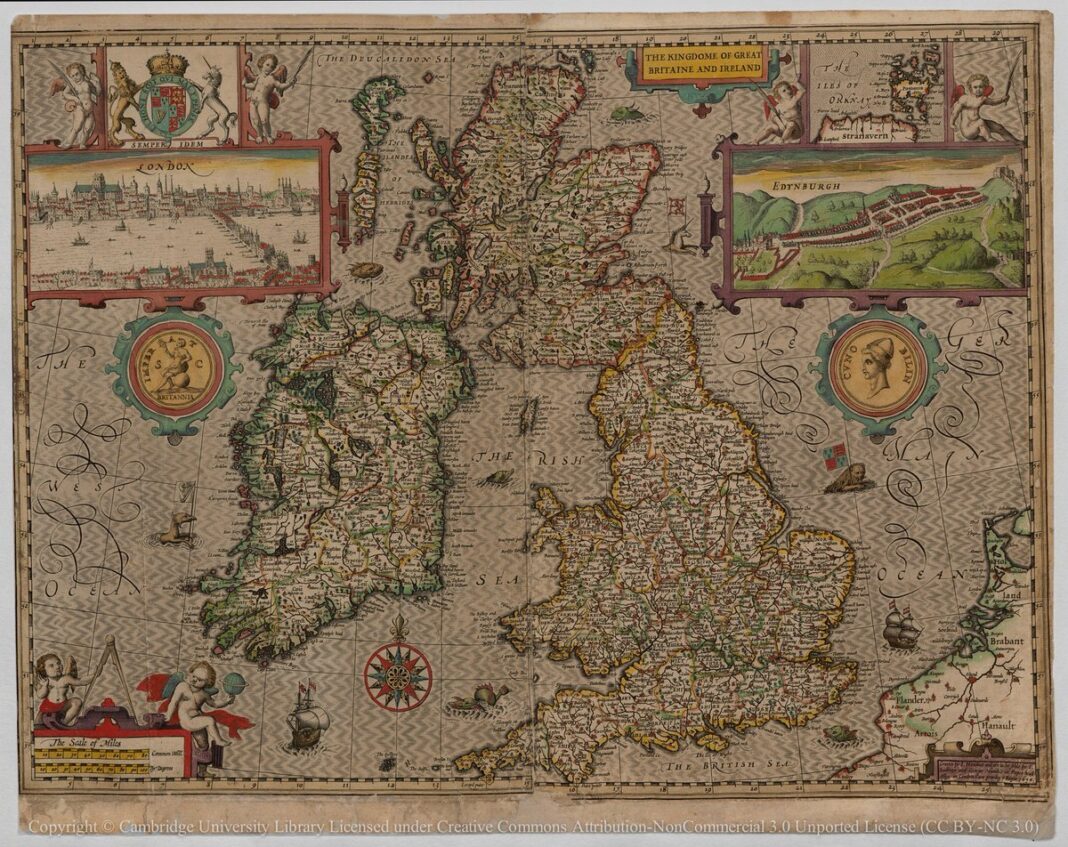The Summer 2023 issue of Food & Dining Magazine — our 20th Anniversary issue — is now available in all the familiar places: Louisville area eateries and food shops, newsstands and online.
We visited A. Cooke’s Pie & Mash shop in Shepherd’s Bush, London, during a brief stay in the city in 2013.
It was coincidence that D found a hotel owned by the Young’s pub chain in the very neighborhood where members of the Who grew up, just down the way from Goldhawk Road and A. Cooke’s Pie & Mash Shop, and equidistant from the Thames. But she did, and so lunch was taken at A. Cooke’s … which is to say, she watched me eat pie (steak & kidney); mash (potatoes); eel (stewed); and liquor (parsley sauce made from stewed eel broth).
In short, it was a bucket list sort of meal for an Anglophile who has been a fan of The Who for a half-century (A. Cooke’s shop featured in the band’s masterpiece, Quadrophenia) and also a traveler thirsty for a pint of cask-conditioned Young’s Special bitter, which was gloriously available at the nearby pub/hotel of our residence.
And, it’s a good thing we took advantage of the occasion, as A. Cooke’s was not long for this world, closing in 2015 after more than a century in business.
Queues formed outside a famous pie and mash shop in Shepherd’s Bush as customers tucked into its popular food for the last time. A. Cooke’s Pie and Mash shop, which has been run by the same family since the rule of Queen Victoria and had a long part in the history of the area, closed its doors for the final time on Saturday.
Fond memories, indeed, but all of it serves as a mere prelude to the topic today at Edibles & Potables: “To Pay Rent in Medieval England, Catch Some Eels” (Atlas Obscura), telling the story of how “The ‘Surprised Eel Historian’ has mapped every eel rent recorded in medieval England.”
JOHN WYATT GREENLEE, A MEDIEVAL historian focusing on cartography, never intended to become the “Surprised Eel Historian,” as he dubs himself on Twitter. When he first proposed his Ph.D. project on eels, it was declined. Greenlee went ahead and studied eels anyway, and his passion for these wormlike, elongated fish has now managed to capture the fascination of others. Greenlee specifically looks at the role eels played in medieval English economy and culture—a role far more important than many would think. In medieval England, eels essentially became currency. Medieval peasants would use the fish to pay their rent and make other economic transactions. However, despite their former abundance, the European eel has now become a critically endangered species and is in need of a bit more love and attention.
The European Parilamentary Research Service explains the state of eel stocks on the continent at present. It is dire, with perhaps the key phrase here: “Numerous features of eel biology, notably on migration and reproduction, are still unknown. Eels have not yet been successfully bred artificially.”
I’m happy to have sampled culinary eel in London a decade ago, although my conscience likely precludes further repasts, at least until farm-raised eel becomes a menu item. Until then, I’ll be in the bleachers, cheering the advancement of eel husbandry.
Cover photo credit: Historia Cartarum.





















